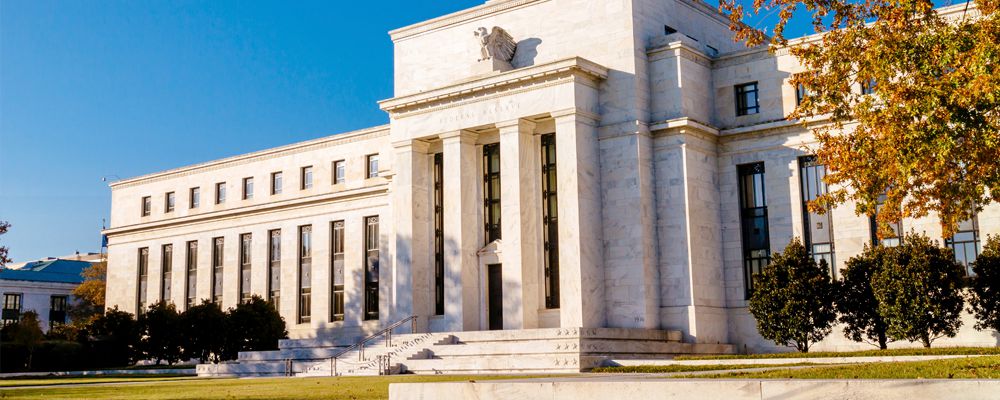Inflation has the role of reducing the real size of debt as a percentage to GDP.
- Tuesday, November 3, 2020
 With little short-term expectations over inflation due to lower consumer spending, recessionary pressures and rising unemployment one might not expect the world to be too concerned about inflation. However there has been a rise in expectations over future inflation as Covid restrictions are lifted in Asia and the levels of expected QE.
With little short-term expectations over inflation due to lower consumer spending, recessionary pressures and rising unemployment one might not expect the world to be too concerned about inflation. However there has been a rise in expectations over future inflation as Covid restrictions are lifted in Asia and the levels of expected QE.
The US Federal Reserve recently announced two important changes to its monetary policy framework. The Feds new approach to inflation targets is now not a fixed target of 2% but a moving average of 2% and that the rate of employment will play far less a central role in rate setting and monetary policy decisions. This has been interpreted that the Fed would not raise interest rates until inflation was above its 2% target and that the US economy had reached full employment.
Today with US inflation at 1.4% and the Fed not regularly hitting a 2% inflation target over the past ten years, it may be easy to ignore the significance of this policy change. However, on the basis of these parameters, the next US interest rate rise may not occur until 2024 or even 2025 as higher inflation and falling unemployment will not trigger a response in the way it once did. A good example of the past approach being October 2018 when Fed Chairman Jerome Powell announced three interest rate rises were expected in 2019 to which markets fell off heavily on the news and the Fed had to reverse the policy within 3 months. The consequences are that the Fed may let the US economy run hotter that in the past even if inflation starts to accelerate.
The current super low interest rates are positive for equity markets and bond markets have now stabilised from the high spreads from earlier in the year. But with interest rates so low any hint of inflation is a concern.
If inflation was to pick up over the next year or so, bond holders would expect a higher yield and higher yields mean a corresponding fall in prices. Due to national debt levels it would be hard for central banks to lift interest rates even if inflation returns. Ahead of any yield increase, central banks would step in and push yields back with more liquidity. However, over the longer-term governments and central banks need inflation to deflate their debt levels down.
Debt levels are building in the west to the size of whole economies. This is ultimately unsustainable and central banks will have to consider their exit strategies. These options include default, austerity, growth or inflation. Default is the preserve of Latin American and not an option for advanced economy’s, austerity is politically unattractive, growth is possible and desired but not easy, so inflation become the answer. Interest rates will be kept low in order for nation states to maintain their debt repayments. Inflation has the role of reducing the real size of debt as a percentage to GDP.
A successful Covid vaccine could be the game changer for economic activity to recover and that people start spending again. This could certainly add to inflation in areas of undersupply.

Chris Davies
Chartered Financial AdviserChris is a Chartered Independent Financial Adviser and leads the investment team.
About Estate Capital
Financial Services
Our Contacts
7 Uplands Crescent,
Swansea, South Wales,
SA2 0PA.
Tel: 01792 477763
